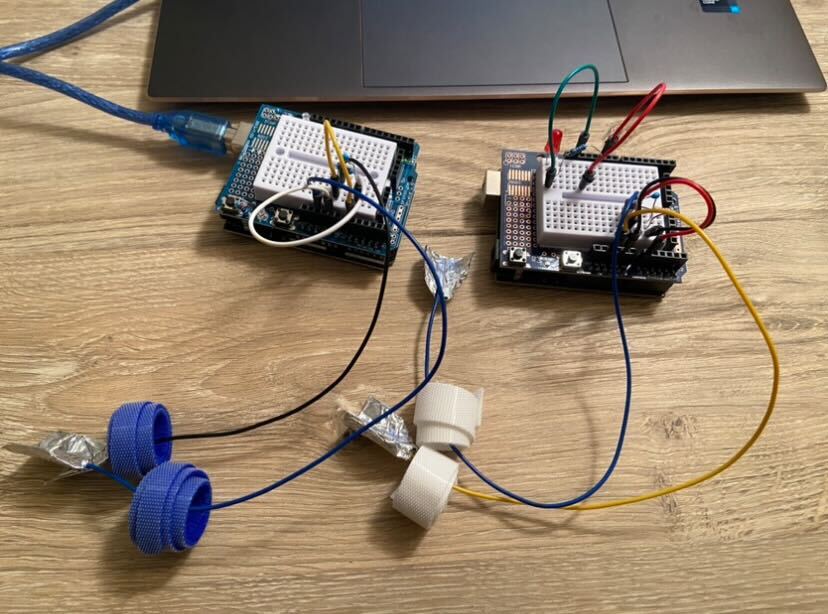What is IMAGS?
IMAGS is a research effort focused on addressing chronic pain through music. Though music is already known to cause pain relief, our project called the Music-induced Analgesia Genome Study (IMAGS) is interested in discovering which aspects of music reduce chronic pain the most. The project team consists of a music therapist, a medical doctor, a music technologist, and a music educator. IMAGS was initially developed in response to the overuse of opioids for the treatment of chronic pain, which has unfortunately led to a national epidemic of overdose and addiction.The IMAGS software system has two components: a client application that tracks patients’ song selection while they rate their pain through skin sensors and other controls, and a host application to allow researchers to view and aggregate gathered data from the client application (via patients).

Our software system allows researchers to identify what types of music could be used to supplement or replace opioid pain relief. This database can inform the development of algorithms for pain relief playlists according to listeners’ music preferences and listening needs. As a turnkey solution for others, the IMAGS platform is targeted toward medical practitioners and researchers seeking to use these tools to gather data from patients. The IMAGS team is also exploring self-directed solutions for individual end-users who experience chronic pain.
Additionally, IMAGS seeks to provide a mobile peer support system that promotes users’ existing interest in using music to help manage their pain in a mindful and effective way by connecting users to a community of peers who share similar pain management goals. Through this music-centered social network, users can learn about additional supports in the community that best suit their needs. Thus the primary aim is to support users’ self-efficacy in pain management, and also foster meaningful social connections through music.
Our Open-Source Tools and Resources
IMAGS is a cross-institutional research project—the IMAGS team members working in the Interactive Music Systems Lab (IMSLab) at WPI developed hardware and software to both capture and visualize galvanic skin response data for use by the music therapy researchers at Rowan University. As part of the EAMIR umbrella of open-source resources, our software is available through GitHub along with a DIY step-by-step guide for building a low-cost galvanic skin response sensor.IMAGS software on GitHub
Galvanic Skin Response sensor hardware and DIY guide on GitHub

The IMAGS Team:
-Andi Hunt, Music Therapy at Rowan University
-V.J. Manzo, Music Technology at Worcester Polytechnic Institute
-Rick Dammers, Music Education at Rowan University
-Jim Bailey, School of Osteopathic Neuromusculoskeletal Medicine at Rowan University
-Ava Mattimore, IMSLab & Biomedical Engineering at Worcester Polytechnic Institute
For more info, contact: gr-IMAGS@wpi.edu
Some of Our IMAGS Research:
Integrating Physiological Measures within a Music Therapy Research Course
Related Research:
Mitchell & MacDonald survey
—Patients say they use music for chronic pain relief, and say that music that is personally relevant is most effective
Garza-Villareal, et al. meta-analysis
—Music listening reduces chronic pain and depression, with a higher effect for patient-selected music rather than researcher-selected music.
Rodgers-Melnick survey
—Patients use music not just for relaxation, but also for motivation and to promote movement, exercise, and enjoyment